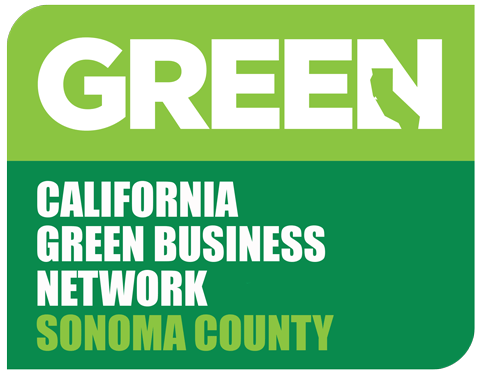COVID-19 Small Business Financing
The Relief Bill contains a novel provision which is designed to incentivize small businesses with fewer than 500 employees to retain their employees and not fail. Through the Small Business Administration and its 7(a) loan program, a huge pool of funds has been made available to help businesses struggling with cash flow reduction due to the shelter in place orders spreading across the country.
The way the new program works is this: In general, the costs of payroll and payroll related expenses, rent, utilities and certain debt payments can be funded through the SBA 7(a) loan program. To access this money, you must apply through one of the SBA lenders; and it is important to note that only $349 billion is available for this program. The amount of funding available is based on the average monthly cost for the prior twelve months for payroll, certain state employment taxes and benefits including retirement plan contributions. You then multiply that amount by 2.5 to get the maximum loan amount.
For example, if your payroll for the 12 months ended February 29, 2020 was $1.2M, and the cost of eligible state employment taxes and employee benefits was $360K over the prior 12 months, the average of these costs would be $130K. The loan amount would be 2.5 times that amount, or $325K.
The very novel provision in this law is that to the extent you keep your people on payroll, some or all of this money does not have to be repaid. It becomes a grant. Not only that, to the extent it is converted from loan to grant, the relief bill excludes this amount from taxation! Even better, for the amount that is eventually required to be paid back, the interest rate is extraordinarily low for an SBA product, AND THERE ARE NO SBA FEES. They have been waived.
There are several qualifiers, including comparisons of numbers of employees during the covered period (February 15, 2020 through June 30, 2020) as compared to the average number of employees during the 12 months prior to March 1, 2020. However, the critical figures to focus on are “what are you likely to be able to keep?” The Relief Act in general allows you to keep your payroll costs for the period March 1, 2020 through June 1, 2020, plus your debt payments for the same period for all debts incurred prior to March 1, 2020, as well as your rent and utility payments made during the period. However, qualified payroll costs will not include any payments that would annualize to over $100,000 per year to any employee or self-employed person, for the period March 1 to June 1, 2020.
In the prior example, let’s assume payroll has increased so that payroll costs averaged $180,000 per month during the March to June time frame, and utilities, rent and other eligible costs total $20,000 per month, the amount of the loan forgiveness would be $400,000, in excess of the loan amount, so none would have to be repaid over time. However, let’s say that within the payroll there was 4 people who received pay in excess of the $8,333.33 per month allowed in the Relief Act, and in fact received $20,000 per month, each. In this case, $93,333.32 would be amounts not qualified for forgiveness, so only $306,666.68 would be forgiven and $18,333.32 would have to be repaid over time.
In addition, the total forgiveness amount will be reduced if the employer reduces the average number of employees during the March 1, 2020 to June 1, 2020 period when compared to the average for the same three months in the prior year. So, if the business had 15 employees on average between March 1, 2019 and June 1, 2019, and only 12 employees on average between March 1, 2020 and June 1, 2020, the forgiven amount would be reduced to 80% (12/15). Given the prior adjusted example, the $306,666.68 amount of forgiveness would be reduced to $245,333.34.
In an added encouragement to keep people on payroll for this period, there is a further possible reduction for businesses which kept people employed but forced them to take a substantial pay cut. To the extent that any employee who did not make more than $8,333.34 per month during the March 1 2019 to June 1 2019 period (one year ago) or $100,000 or more (annualized) for the calendar year 2019 experiences a cut in pay during the March 1, 2020 to June 1 2020 period in excess of 25%, the forgiveness shall be reduced by this amount. Note that pay can be reduced by up to 25% by individual without triggering this reduction in the forgiveness amount.
For example, given the prior example, let’s say that several people opted to take a pay cut during the downturn, and this cut in pay totaled $5,000 more than 25% of the affected employees’ pay for the same period in 2019. In that case the $245,333.34 above would be reduced to $240,333.34. Even in this scenario, only $84,666.66 would have to be paid back out of the $325K loan.
You may still substantially benefit from this program even if you also take advantage of the Workshare program available through the EDD, in which you can “partially lay off” workers who then can apply for unemployment benefits to make up the difference. If you reduce worker hours by the maximum allowed 25%, the employees can apply for unemployment insurance to help bridge the gap, and the employer would not have to reduce the forgivable amount due to the wage reduction adjustment.
This is a fairly complex analysis. If you have questions, please call us. We are here to help.






